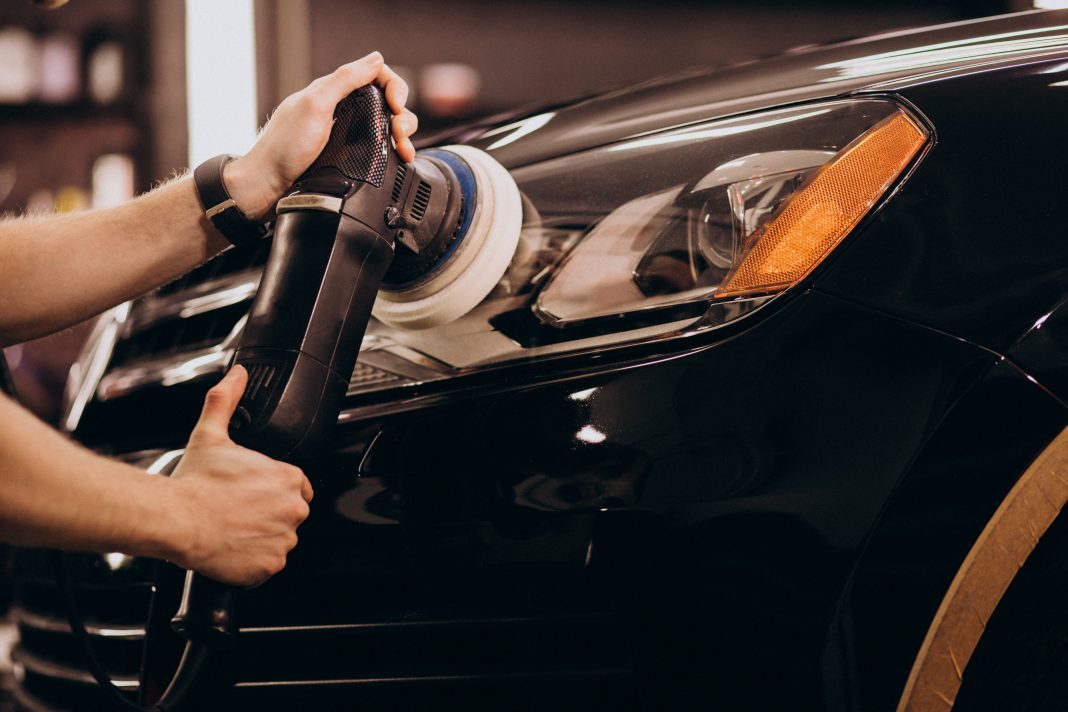The fundamental question: How do we identify and fix bottlenecks in our recon process? Well, it starts with actually measuring the recon process. Google defines Process Deviation as a measure of variance that tells 1) whether a given process differs from an agreed-upon requirement or course of action and 2) how much the variance is. It helps determine if the process’s performance is affected by the variance.
Process Deviation is one of the most important numbers we look at when evaluating your Retail-Ready Time. This number shows how streamlined your process is…or is not.
To visualize this, think of a garden hose as your reconditioning process. A ton of water can be pumped through the garden hose, but there are two limiting factors effecting the rate of how much water comes out the other end. We believe these limitations to be 1) obstructions to the water flow (process bottlenecks/kinks) and 2) the width of the hose (capacity).
If you were to turn on the garden hose and water wasn’t coming out fast enough, what is the first thing you would look for? You would follow the line of the hose and look for “kinks” along the way. If any steps in the recon process have higher than a 24-hour deviation, then we have bottlenecks or kinks to work out and un-twist.
If we remove all the kinks from the hose and there is still not enough water coming out, the second factor we would need to assess is the size of the hose? This is where we assess “capacity”. As you can see, it doesn’t benefit us to worry about capacity (the width of the garden hose) until we have fixed the kinks – you can’t correct capacity until you get your kinks out of the hose.
Deviation measures the spread of your process. Let’s assume your average Retail-Ready Time is 6 days and your Process Deviation is 4 days. This means a vehicle in your recon process could take 2-10 days to be front line ready.
However, if your average Retail-Ready Time is 7 days but your Process Deviation is only 1 day, this means vehicles in your recon process take between 6-8 days to be front line ready. So, even though in example two your average speed to market is 1 day higher, the process is tighter. The higher the process deviation, the weaker the process, which means more money wasted.
At Velocity Automotive we strive for a sub 48-hour deviation.
To make data-driven decisions about our process and our people, we measure these numbers and create a plan for each step in our process – fixing each kink in our garden hose. At this point, we are able to make educated decisions for process changes and resource allocation to increase capacity.
When you look at each step in your reconditioning process, we will assess two items 1) time in step and 2) process deviation of each step. If your process deviation is low, but the Average Time in Step is still high, we can see the process is solid, but you don’t have enough capacity – therefore we may need to consider additional resources to increase throughput.
Resources can take the form of additional labor or equipment. But now the data allows you to put a dollar amount on the needs and calculate your return on investment.
Here is a quick example. Let’s say your average Holding Cost is $50 per day per vehicle, and your detail department is taking an average of 88 hours to get a vehicle completed (that’s your current detail throughput by the way). Take the number of vehicles in your recon process, multiplied by your average holding cost, multiplied by the difference between your actual average time in detail step vs your step goal time.
Estimated Average Holding Cost = $50.00 per unit
Number of Vehicles in Recon = 103 units
Current Avg Time in Detail Step = 88 hours
Detail Step Goal: 24 Hours
Detail Step Deviation: 2.6 Days
Total: $50.00 x 103 units x 2.6 days = $13,390.00
So currently your Detail department alone is costing you $13,390. Now you can have a business discussion on whether you should add more detailers, wash bays, power washers, vacuums, etc.…what would be the cost and the increase in throughput (capacity). Gone is the guess work.
Velocity Automotive delivers innovative software solutions that transform how dealerships share car buying information with their customers and create operational efficiencies in the reconditioning process to increase market readiness and gross profits. Velocity Automotive connects recon to retail with accelerating customer digital retail engagement, recon workflow management tools; and provides original OEM window stickers for maximizing buying strategy at auction. Founded in 2018 by Hugh Hathcock, founder of ELEAD1ONE, Velocity was built to help dealers streamline sales and service processes, improve communications, and maximize business opportunities. Read more at VelocityAutomotive.com.
 Did you enjoy this article by Kalah Hathcock? Please share your thoughts, comments, or questions regarding this topic by submitting a letter to the editor here, or connect with us at newsroom@cbtnews.com.
Did you enjoy this article by Kalah Hathcock? Please share your thoughts, comments, or questions regarding this topic by submitting a letter to the editor here, or connect with us at newsroom@cbtnews.com.
Be sure to follow us on Facebook, LinkedIn, and TikTok to stay up to date.
While you’re here, don’t forget to subscribe to our email newsletter for all the latest auto industry news from CBT News.








